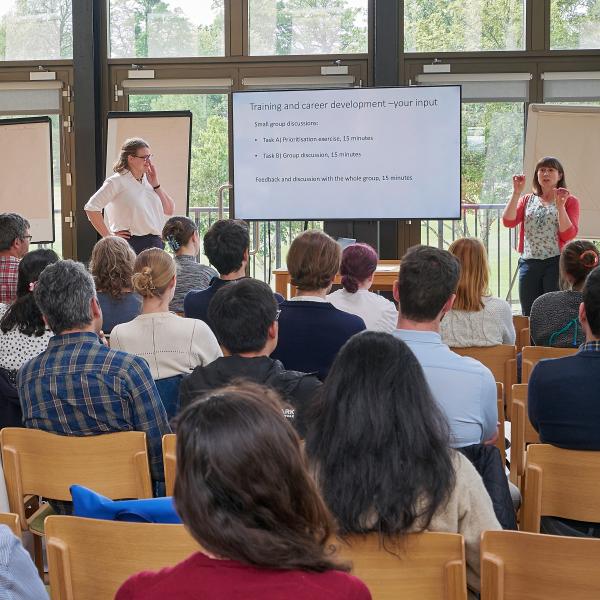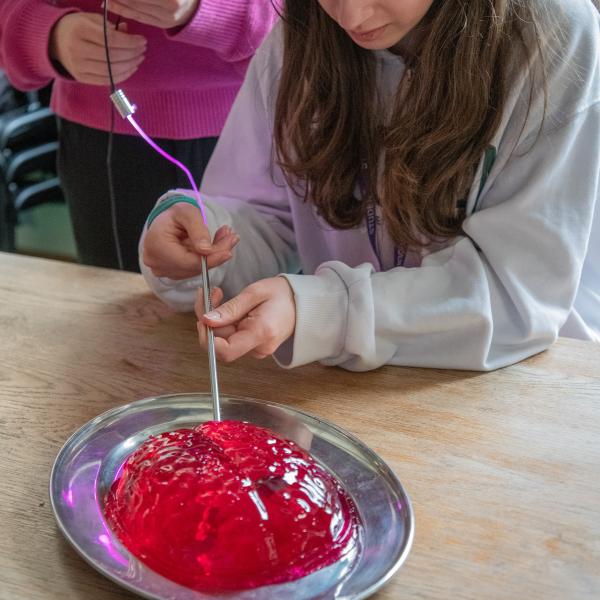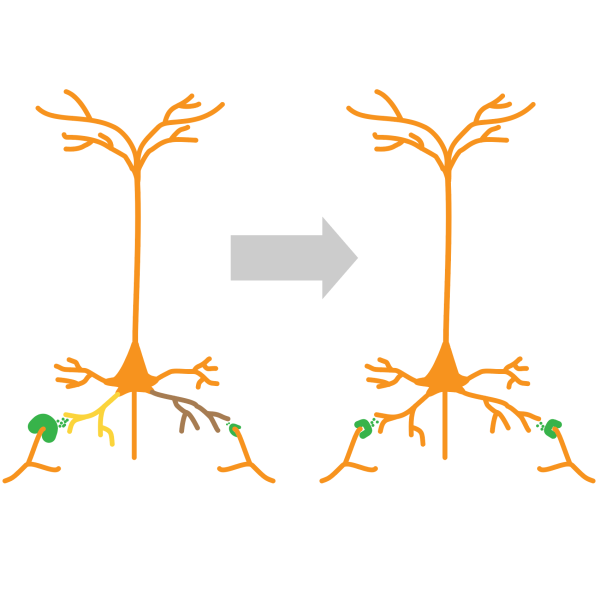Bogacz Group
Our group uses computer simulations and mathematical analyses to understand learning, information processing and activity dynamics of brain networks. We use these models to investigate how neural circuits work in the healthy state, how their dynamics deteriorate in neurological disorders, and how their dynamics and information processing may be best restored by treatments. The research in our group is performed in close collaboration with experimental neuroscientists within the MRC Unit, at the University of Oxford, and beyond.
Our work focuses on three central themes.
First, we investigate models of learning and information processing in the cerebral cortex. We seek a fundamental common principle describing computations in different areas of the cortex performing diverse functions. We are particularly interested in the predictive coding framework, which assumes that cortical areas build probabilistic models of the world and use this model to infer the most appropriate behaviour.
Second, we develop computational models of the neural circuits in basal ganglia that underlie action selection and decision making. Understanding these brain circuits is important, because they are affected by Parkinson’s disease. At the same time, developing a formal mathematical theory of basal ganglia function is feasible, as the anatomy and the neural activity in the basal ganglia has been characterized to a large extent.
Third, we use computational models to understand the effects of electrical deep-brain stimulation (DBS) on ongoing neural activity. The models we develop will be used to rapidly test candidate versions of closed-loop DBS in silico, and to identify how and when with respect to ongoing activity the stimulation should be provided to optimally restore neural activity normally present in healthy basal ganglia.
- predictive coding models of the cortex
- models of action selection in the basal ganglia
- models of deep-brain-stimulation
In the future, as the models describing action selection in healthy brain are further refined, we hope that the methodology developed through our research can pave the way towards closed-loop deep-brain-stimulation that will act as “computational prostheses”. Namely, they would use the recorded neural activity to calculate the function computed by the healthy basal ganglia, and force the activity in the circuit to the desired normal level. It will minimize the cognitive side-effects produced by the traditional stimulation. Such technology could be generalized to other brain regions, and other intervention types, and help to restore functions impaired by conditions and diseases affecting them.
We are committed to fostering an inclusive work environment that celebrates diversity and promotes equal opportunity within our group and the wider MRC BNDU.

Mary Muers (far right) moderates an interactive session about training and career development opportunities.

A visiting school pupil tries their hand at implanting a dummy stimulation electrode in a jelly brain!
Like other Groups at the MRC BNDU, we are committed to best practice in open research. We have created and curated a range of data, code, simulations and related resources that can be readily downloaded by external users from the MRC BNDU's Data Sharing Platform. We highlight below just a few examples of the datasets and other resources we have shared for the benefit of our stakeholders.









